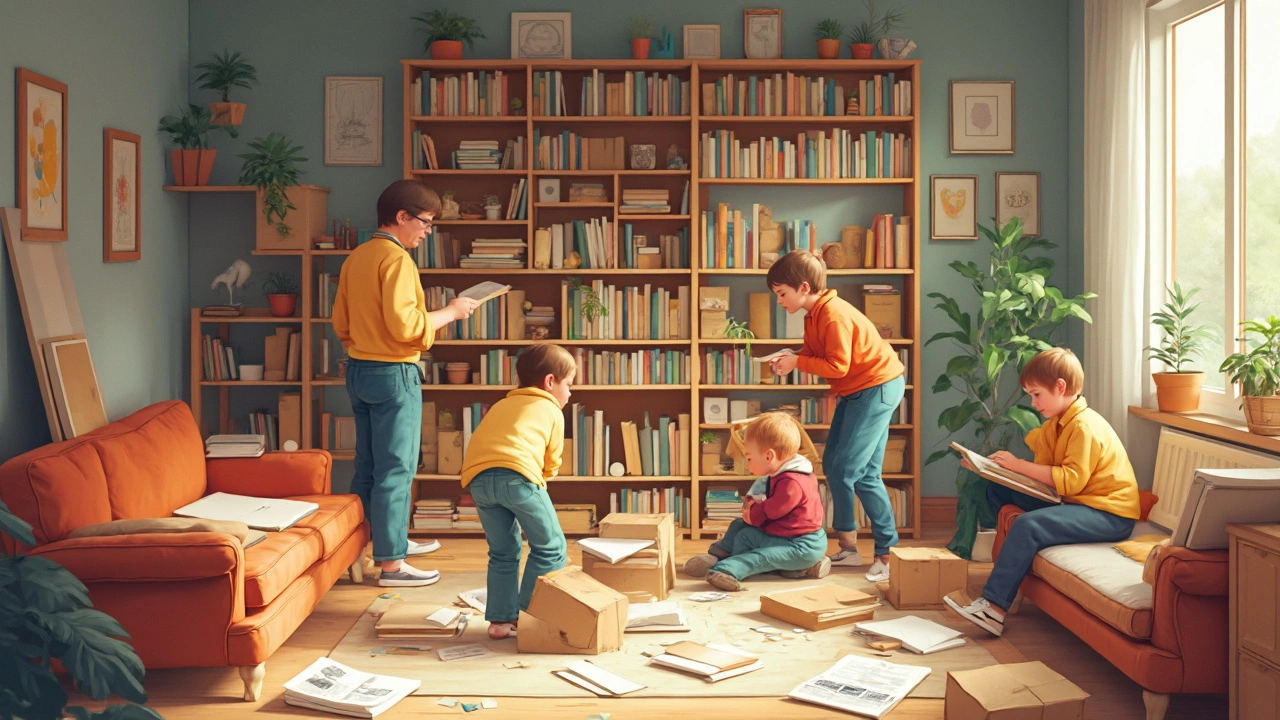Furniture Manufacturing: How to Make Quality, Sustainable Pieces
If you’re building furniture, you want pieces that look great, hold up to everyday life, and respect the planet. The right mix of materials, design choices, and production habits can give you all three without breaking the bank.
Pick Materials That Last and Look Good
Hardwood frames are the backbone of sturdy sofas and tables. Choose oak, ash, or beech for strength; they resist warping and take nails or screws securely. If you love a rustic vibe, reclaimed timber adds character and reduces waste at the same time. For metal parts, powder‑coated steel or aluminum keep rust away and stay light enough to move. Don’t forget upholstery – high‑density foam holds shape longer than cheap alternatives, and leather or tightly woven fabrics shed spills and pet hair easier.
Eco‑friendly finishes make a big difference. Low‑VOC stains and water‑based paints dry fast, stay safe for indoor air, and still give a polished look. Recycle off‑cuts into small accessories or donate them for DIY projects – it cuts waste and can become a selling point for customers who care about sustainability.
Speed up production by batch‑cutting parts and using a CNC router for precise repeats. The machine eliminates manual errors, saves labor hours, and lets you keep a tighter inventory of fasteners that work across several designs. Fast, accurate cuts mean you can finish more pieces in less time and keep costs down.
Design for Real Life Use
Think about how the piece will be used before you sketch. A corner sofa needs cushions that can be rearranged for different seating needs, while a coffee table should have a leg height that matches most chairs (about 16‑18 inches). Adding features like removable cushion covers or a hidden storage drawer makes cleaning simpler and adds value. When you plan a TV stand, match the width to the screen size; a 55‑inch TV typically fits a stand around 48‑52 inches wide, leaving room for speakers and cables.
Testing early saves headaches later. Build a prototype, sit on it, place a TV, or fill a storage bed with the items you plan to store. Notice any squeaks, wobble, or uncomfortable edges, then adjust the design before full production. A quick visual check and a gentle shake can reveal loose parts before they reach the buyer.
UK shoppers often blend traditional charm with modern function. Rustic solid‑oak tables paired with sleek leather sofas sell well, and durability is a hot keyword – people search for “most durable sofas” and “weather‑resistant patio furniture”. Offering a warranty on frame and upholstery signals confidence and can tip the purchase decision. Highlighting a clear “sustainably sourced” badge also draws traffic from search engines and social media.
Quality control is the final step. Inspect every joint, sand rough spots, and confirm that hardware is tight. Consistent checks keep the finish smooth and the structure solid, ensuring each piece lives up to the promise of lasting, beautiful furniture.
Where Is Most IKEA Furniture Made: Bookcases Unpacked
People often wonder where their IKEA bookcases really come from. This article breaks down where most IKEA furniture, especially bookcases, are made and why locations matter. You'll learn how IKEA chooses factories, which countries play the biggest roles, and what it means for price and quality. Get some surprising facts about supply chains and tips for smart shopping. This guide helps you make sense of that flat-pack world before you buy your next bookcase.
More
